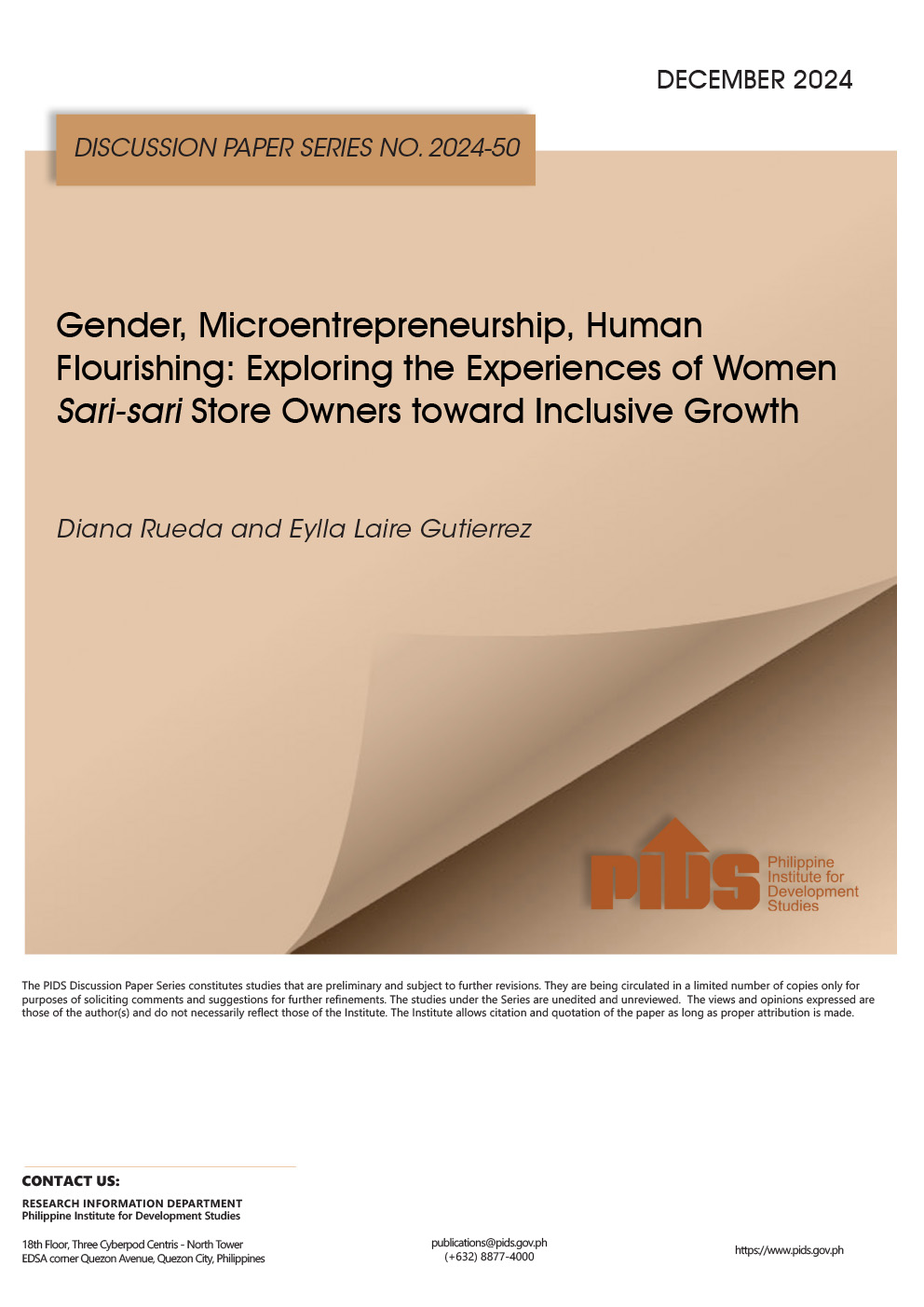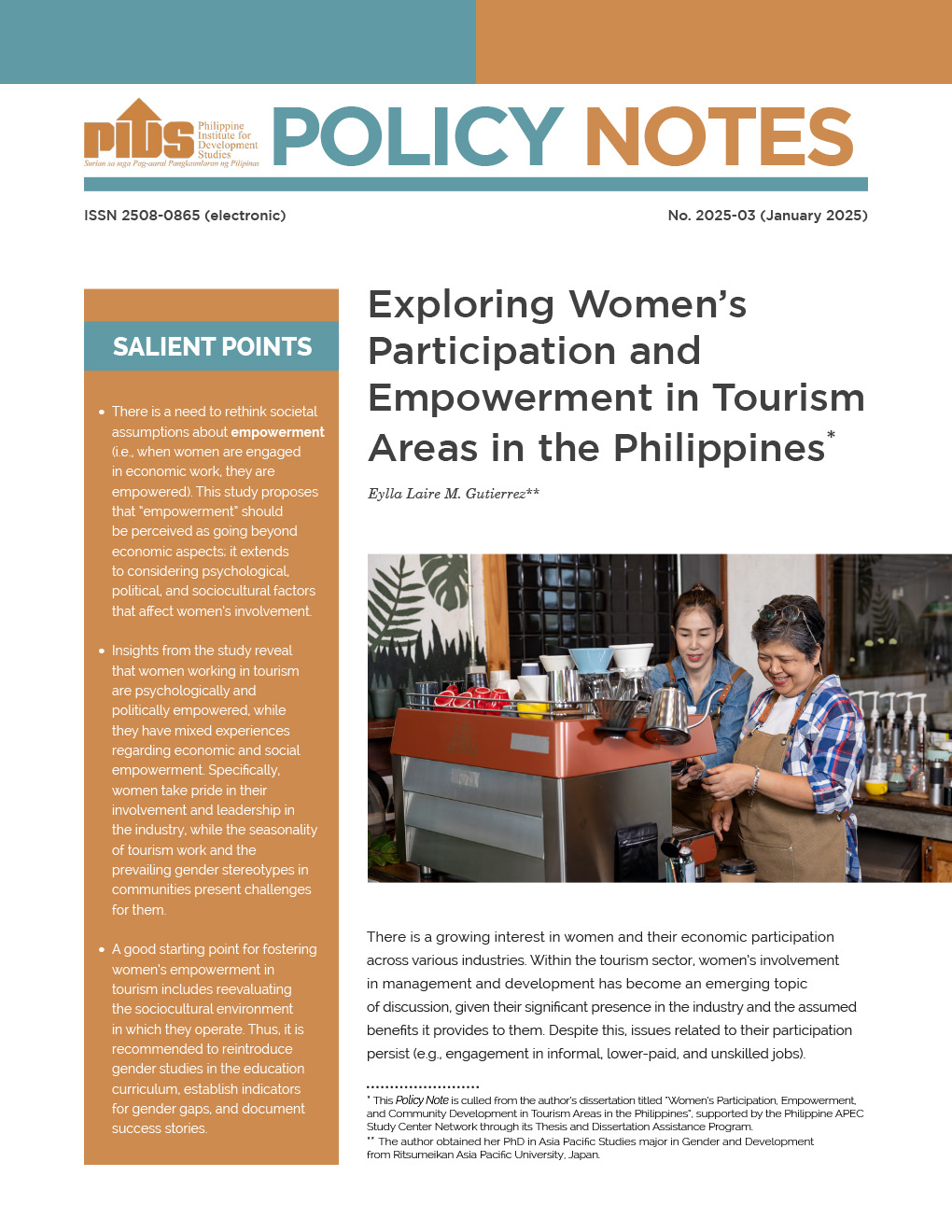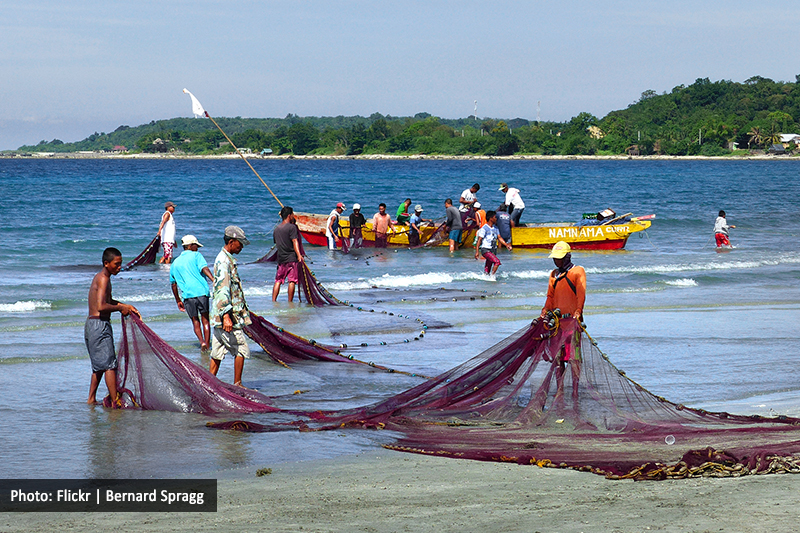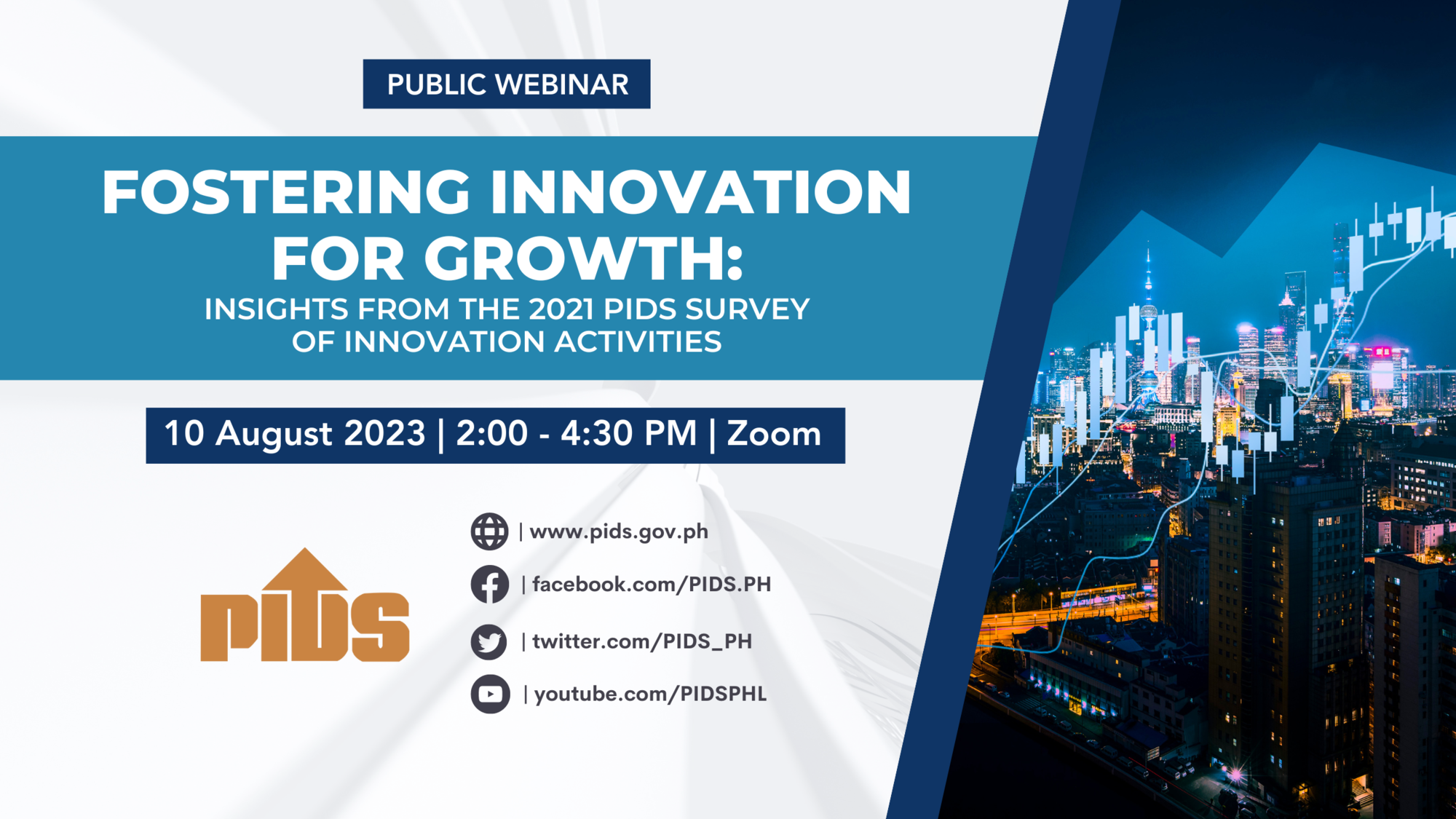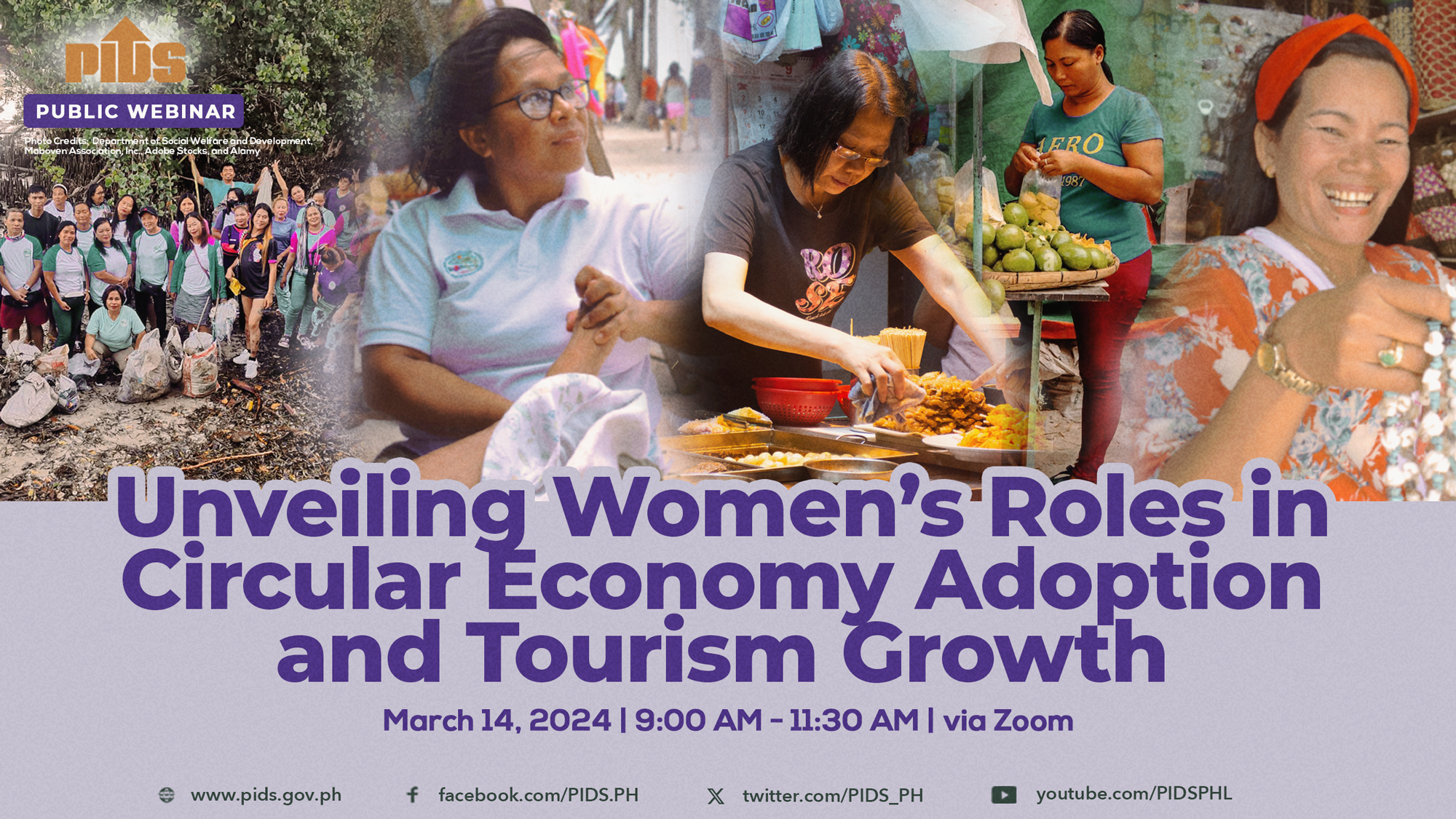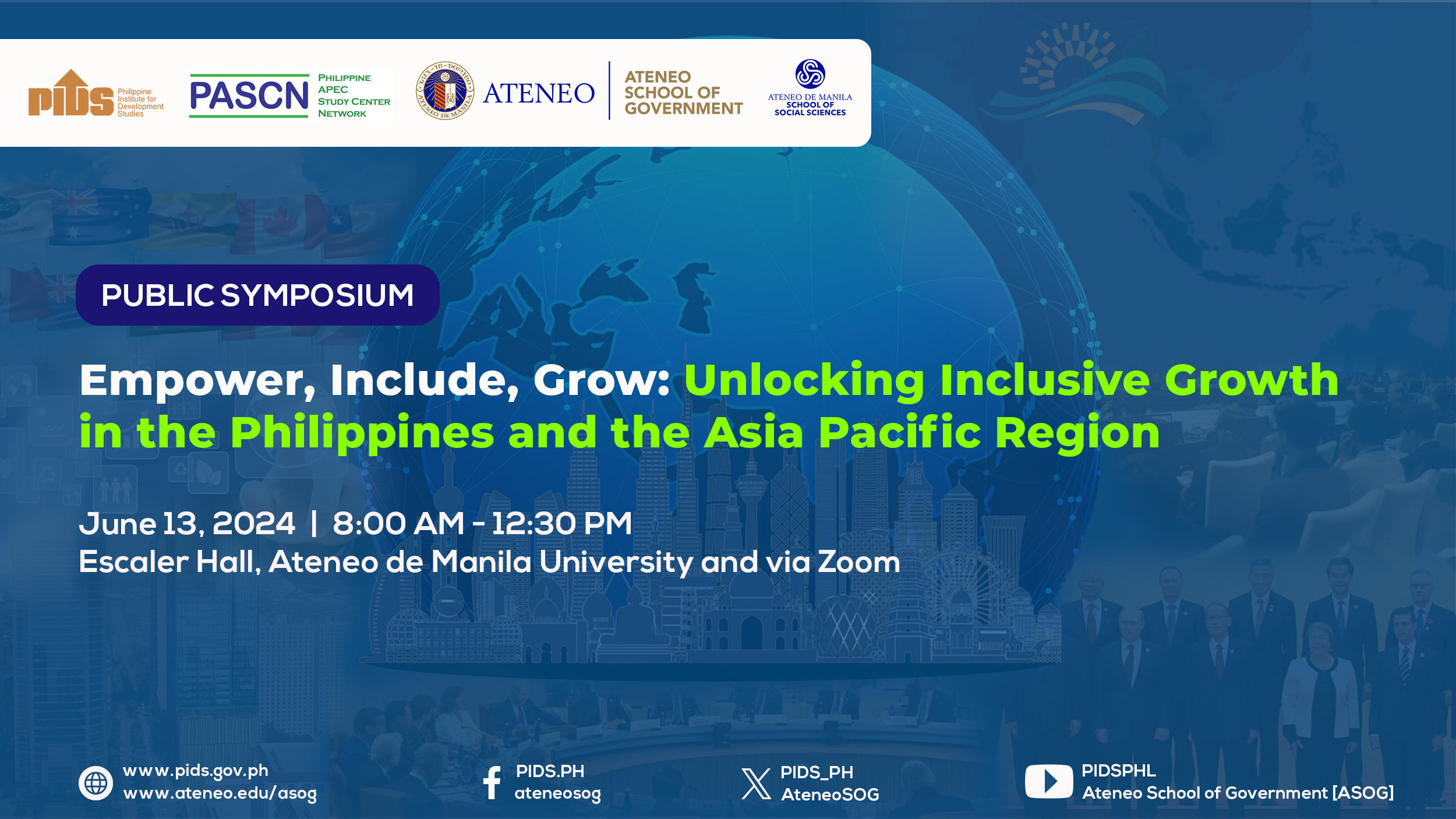THE Philippines will experience economic gains should the Regional Comprehensive Economic Partnership (RCEP) push through, with the export industry benefiting except for two sectors, according to a new study released by a government-run think tank.
RCEP would have favorable effects on the economy by bringing in more foreign direct investments (FDIs) and lifting overall exports except for rice and textile, said the report published by the Philippine Institute for Development Studies.
Based on projections over a 10-year period using 2014 data, there will be a US$2.4 billion increase in foreign direct investments (FDIs) in the Philippines by 2023 if the RCEP is achieved, said the paper, entitled "Will the Philippines Benefit from the Regional Comprehensive Economic Partnership?"
Study author Caesar Cororaton in a presentation on December 1 said total exports by RCEP members to the region is expected to increase, while exports to non-RCEP areas will decline because of trade diversification as tariffs come down.
Since the RCEP was broached in November 2012, negotiations have been ongoing to realize a free trade area (FTA) for the 10 members of the Association of Southeast Asian Nations (ASEAN) and the group's six dialogue partners-Australia, China, Japan, South Korea, New Zealand, and India.
In 2013, the countries within the proposed RCEP had an estimated total gross domestic product (GDP) of US$21 trillion, and a population of 3.4 billion, said the paper.
The RCEP is seen to propel exports by ASEAN members (Brunei Darussalam, Indonesia, Laos, Myanmar, Malaysia, Philippines, Singapore, Thailand, and Vietnam) except for Cambodia.
The Philippines is projected to become the third biggest exporter to RCEP after Vietnam and Indonesia.
"In the Philippines, the effects on export growth of the RCEP are initially negative; these exports will improve over time," said the study. It projects Philippine exports within RCEP to improve in 2018 by 2% and by 3.8% in 2023.
"All of these effects will translate to higher Philippine real GDP growth of 3 percent in 2023, and will generate additional welfare of USD 3 billion."//

